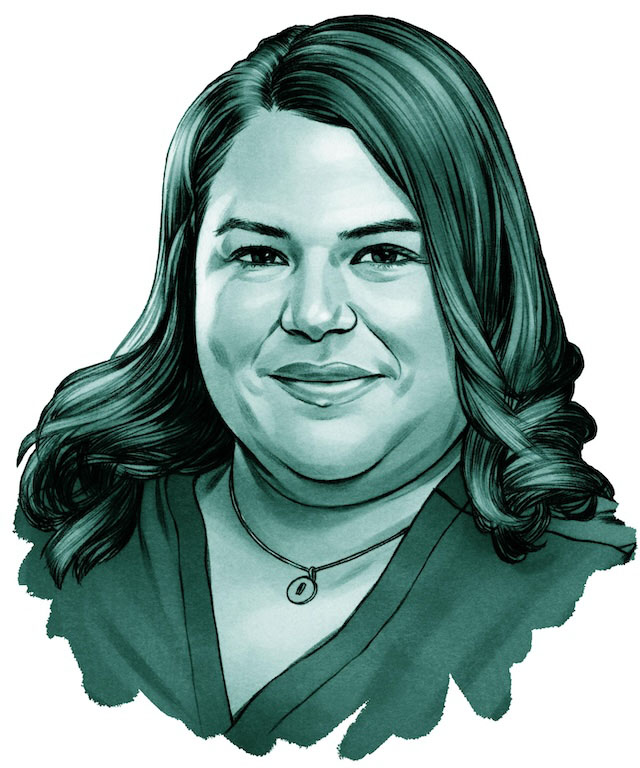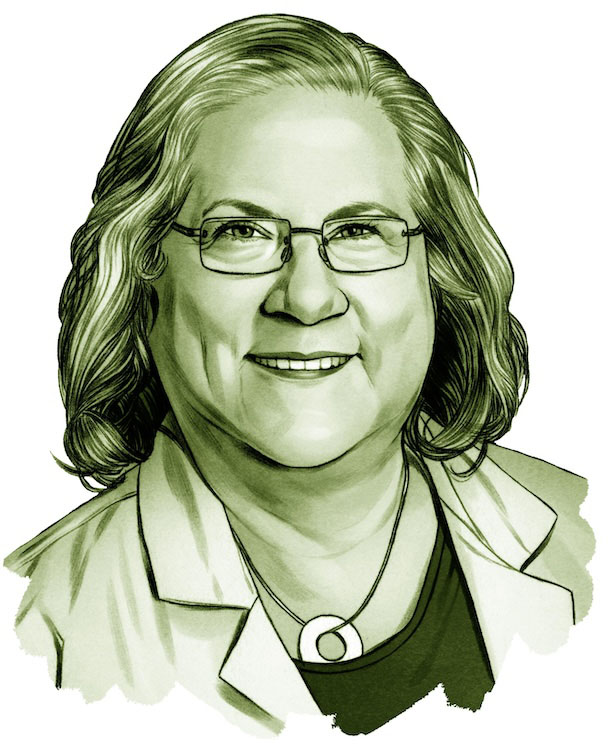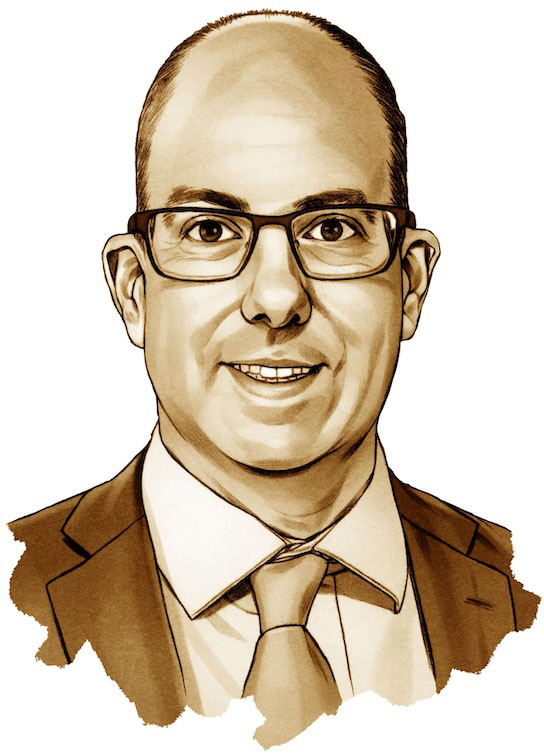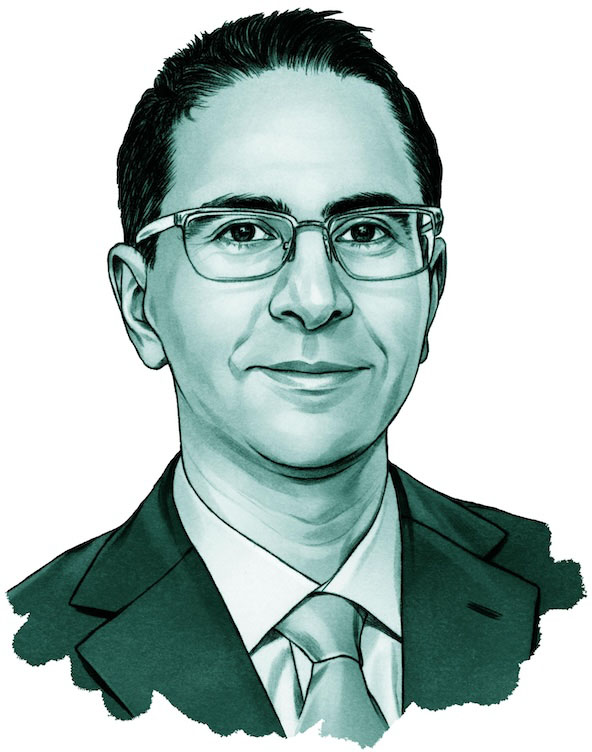
“Myth: Fresh fruits and vegetables are always healthier than frozen or canned. Facts: Fresh produce begins to decay after harvesting, so canned or frozen produce processed immediately after harvesting can contain more nutrients than fresh produce sitting on supermarket shelves or kitchen counters. Since fresh produce can be expensive, frozen and canned produce are budget-friendly, healthy options when packaged without unhealthy additives like sugar and salt. Eat your fruits and veggies!”
Lisandra Sierra, BSN, RN, staff nurse, Brookside Community Health Center

“Myth: Type 2 diabetes cannot be prevented. Facts: Lifestyle is more important than genetics, even for people with a family history of diabetes. We showed in the Diabetes Prevention Program that when people with overweight or obesity who already have a slight elevation of their blood glucose levels (prediabetes) lose weight, eat healthy foods, and are regularly physically active, they can prevent or delay the appearance of Type 2 diabetes.”
Enrique Caballero, MD, director of Latino Diabetes Health, Division of Endocrinology, Diabetes and Hypertension; associate scientist, Division of Global Health Equity

“Myth: Relapses in addiction treatment are due to low willpower and recovery must be defined by abstinence only. Facts: Addictive disorders change the neural circuitry governing learning, memory, reward, and stress regulation in ways that can take years to normalize. Relapse is almost always a part of the journey to recovery. Addictions are more like chronic disorders similar to diabetes or COPD: highly treatable, with periods of treatment response and relapse. Addiction patients need the same consistent support, empathy, and access as all our patients.”
Samata Sharma, MD, director of addiction consult psychiatry, Department of Psychiatry

“Myth: People with melanin-rich skin don’t need sunscreen. Facts: Unprotected skin of every color is at risk for damage and possible skin cancer. Whether you’re indoors, outside, flying in an airplane, or driving a car, remember to apply (and reapply) your sunscreen!”
Victoria Humphrey, MD, dermatology resident, Department of Dermatology

“Myth: Lung cancer is a death sentence, so why get screened? Facts: For many years, the incidence of lung cancer and the death rate were essentially the same. Today, 60% to 90% of patients with early-stage lung cancer can be cured by surgery alone. People with the highest risks—ages 50-80, who currently smoke or have quit within the last 15 years—should be screened annually.”
Francine Jacobson, MD, MPH, thoracic radiologist, Department of Radiology

“Myth: No pain, no gain! Facts: Physical therapy may involve discomfort as one re-gains range of motion, enhances muscular performance, and improves function, but ‘no pain, no gain’ is not the guiding principle. Physical therapists strive to help patients progress safely and effectively to meet their goals. Pushing through excessive pain could lead to further injury.”
Reg B. Wilcox III, PT, DPT, MS, executive director, Department of Rehabilitation Services

“Myth: Venous blood clots are rare. Facts: Venous thromboembolic (VTE) diseases are common, potentially life-threatening, and often preventable. VTE is the second most common cause of death in pregnancy, the third most common vascular disease, and one of the most common preventable causes of hospital-associated mortality. Annually, more than 600,000 people have deep vein thrombosis, and over 400,000 have pulmonary embolism. Treatments may include blood thinners and follow-up with specialists, such as vascular medicine, cardiology, hematology, and others.”
Behnood Bikdeli, MD, MS, associate physician, Division of Cardiovascular Medicine
(Illustrations by Michael Hoeweler)

